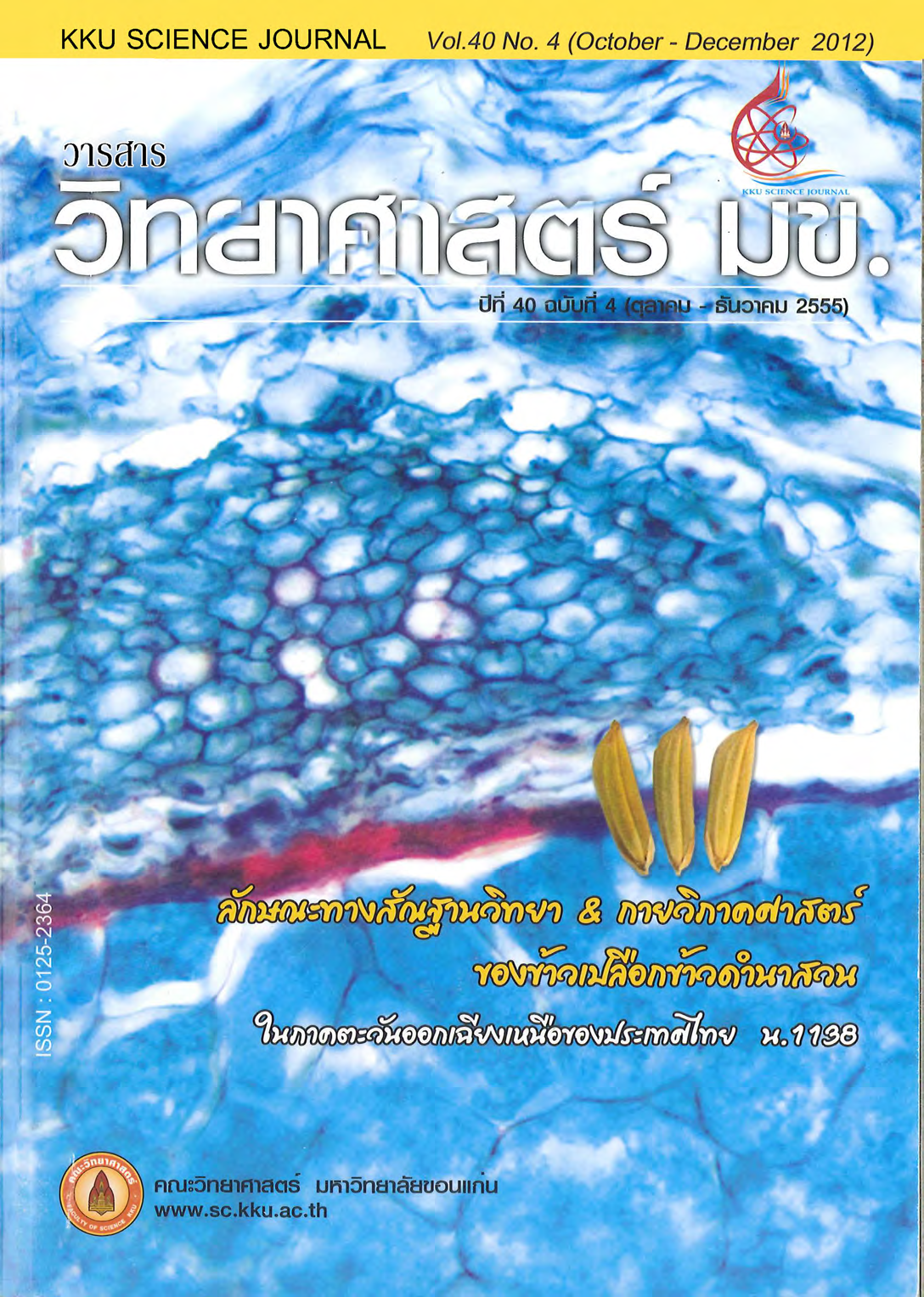Production of Cellulosic Ethanol in Thailand
Main Article Content
Abstract
The bioethanol production has attracted worldwide attention as a strategy for reducing global warming and improving global energy security. Firstly, bioethanol has been produced from sugars or starches obtained from fruits and grains. Currently, bioethanol can be produced from a number of renewable resources other than starches or sugars such as lignocellulosic materials, so called lignocellulosic ethanol. The source of lignocellulosic ethanol was produced from such as agricultural wastes, forest residues, industrial and municipal wastes, and dedicated energy crops. Lignocellulosic materials continue to be investigated as a source of fermentable sugars for ethanol production and mostly contain cellulose in combination with hemicellulose and lignin. The removal of hemicellulose and lignin can be used several pretreatment processes for pure cellulose. The cellulose component in these materials can be converted to ethanol by first step converting to sugars by acid hydrolysis or enzymatic hydrolysis processes and then the resulting sugars were converted to ethanol by microorganism such as Saccharomyces cerevisiae, Escherichia coli, Zymomonas mobilis, etc. In Thailand, it has potential to produce a plenty of agricultural waste materials. It was also appropriated to produce lignocellulosic ethanol, according with Thai government’s policy to increase the production of ethanol. Thus, the production of lignocellulosic ethanol in Thailand it was an interesting and encouraged to become a large industry for stability of energy and enhanced to produce renewable energy on the top of the world.
Article Details

This work is licensed under a Creative Commons Attribution-NonCommercial-NoDerivatives 4.0 International License.


